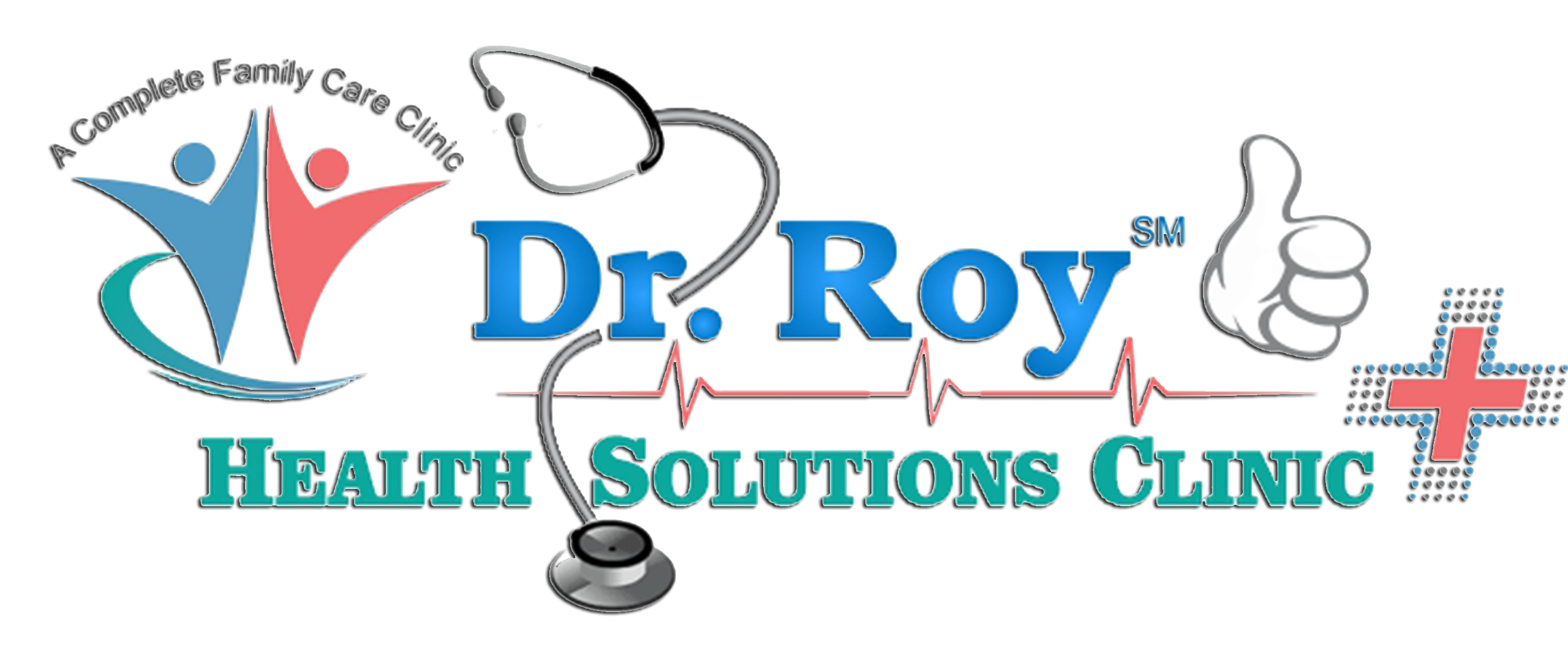Hyper IgE syndrome is an immune deficiency caused by a genetic mutation in either STAT3 (autosomal dominant, also known as Job’s syndrome) or DOCK8 (autosomal recessive).
There may be other mutations in other genes that are not known at this time.
Patients with either form of hyper IgE syndrome often have trouble fighting harmful bacteria and fungi. They may get serious infections. This often happens in the skin and lungs.
Signs and Symptoms of Hyper IgE Syndrome
The patient may have:
- Eczema
- Frequent skin infections
- Abscesses in the skin or lungs that reoccur
- Dry, itchy skin (eczema)
- Frequent pneumonia
- Yeast infections
- Elevated IgE
- Allergic respiratory problems
- Complications of Hyper IgE Syndrome
Complications of Hyper IgE syndrome broken down by genetic mutation:
STAT 3 Mutations
- Delay in losing primary teeth
- Large cysts in the lungs, called pneumatoceles
- Increased broken bones (fractures)
- Abnormal curve of the spine (scoliosis)
- Changes in blood vessels (aneurysms)
- Lymphoma
DOCK8 Mutations
- Asthma and other allergic disorders
- Viral skin infections (warts, molluscum, herpes)
- Skin cancer
- Lymphoma
How Do You Detect These Complications?
Chest X-rays or chest CT scans may be done to look for cysts in the lungs
Clinical surveillance (watching for signs)
Treatment for Hyper IgE Syndrome
For most patients, the focus of treatment is to stop the symptoms. This can include:
- Antibiotics to treat infections
- Cream medicine for skin rash
- Anti-Allergic medicines
- Checking pulmonary (lung) function with spirometry and imaging
- Some patients may need to take medicine every day to prevent infection.
- Some patients may need to get an IV medicine called IVIG. IVIG has antibodies to fight future infections.
- For some patients with DOCK8 deficiency, a bone marrow transplant is advised.


